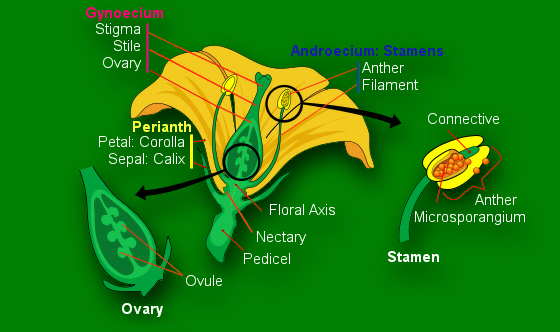This random website says:
I'm curious about this, because I haven't seen it referenced anywhere else... is it even vaguely true?
I know in mammals there are some differences in which genes X and Y chromosomes can carry, but I have no idea whether there are similar differences in plants. I may just not have searched effectively, but I haven't found any info about this.
Anyone have input?
Remember that the mother plant is usually the one that passes on the majority of the new pepper’s qualities. So if you want a hotter pepper, make your ghost pepper the mother plant.
I'm curious about this, because I haven't seen it referenced anywhere else... is it even vaguely true?
I know in mammals there are some differences in which genes X and Y chromosomes can carry, but I have no idea whether there are similar differences in plants. I may just not have searched effectively, but I haven't found any info about this.
Anyone have input?


